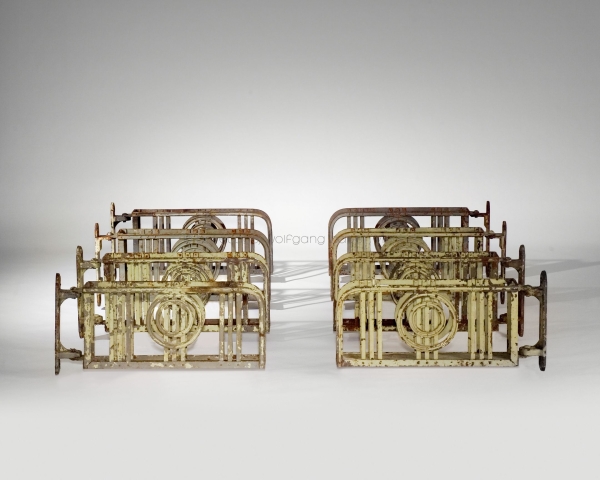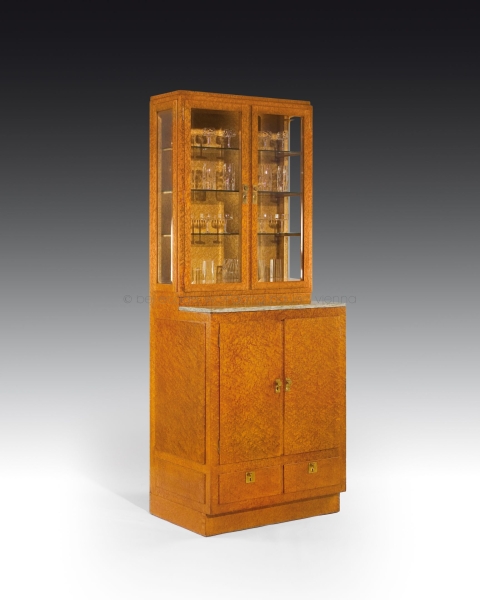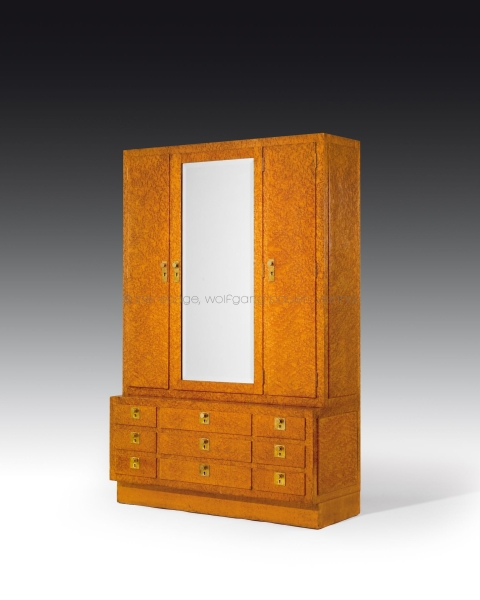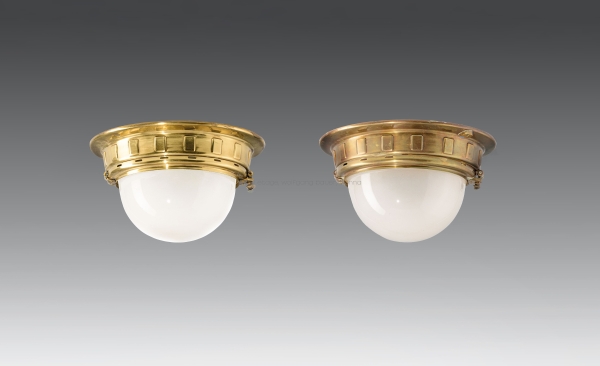1841 – Vienna – 1918
Architect, arts and crafts designer, teacher and theorist
Wagner studied in Berlin and Vienna at the Academy of Fine Arts and worked at the office of Ludwig Förster and Theophil von Hansen. In 1864, he opened his own office. In 1884, he became a professor at the Academy of Fine Arts. There he was the head of the “Wagner School”, which produced more than 200 renowned architects. He wanted to renew art and demanded that the emphasis be on purpose and function. Wagner published his theories in his book "Modern Architecture" (1895). His work was not only the foundation of Austrian Jugendstil architecture but also of modern architecture, which was further developed in the work of his students. Among the graduates of the “Wagner School” are Leopold Bauer, Josef Hoffmann, Jan Kotěra, Joseph Maria Olbrich, Marcel Kammerer, Gustav Siegel and Josip Plečnik. Together with them, Wagner worked on a number of projects. At the beginning of this movement were the houses in Vienna’s Linke Wienzeile (1898), the Vienna Stadtbahn (urban rail network), especially the station buildings of today’s underground lines U4 and U6 (1892-1901), the Vienna Postsparkassenamt (headquarters of the Postal Savings Bank) (1904-1906) and the church of the hospital Am Steinhof (1902-1907). Wagner was one of the most important personalities to combine 19th-century historicism with 20th-century modernism.
Ref.: Thieme/Becker, Allgemeines Lexikon der bildenden Künstler, vol. XXXV, p. 46 f

 FOUR PAIRS OF EXTRAORDINARY HINGED WALL JARDINIERES
FOUR PAIRS OF EXTRAORDINARY HINGED WALL JARDINIERES  FURNITURE FROM OTTO WAGNER’s APARTMENT - PYLON CUPBOARD, 1070 Vienna, Döblergasse 4
FURNITURE FROM OTTO WAGNER’s APARTMENT - PYLON CUPBOARD, 1070 Vienna, Döblergasse 4  FURNITURE FROM OTTO WAGNER’s APARTMENT - LINEN CABINET, 1070 Vienna, Döblergasse 4
FURNITURE FROM OTTO WAGNER’s APARTMENT - LINEN CABINET, 1070 Vienna, Döblergasse 4  A PAIR OF CEILING LIGHTS FOR THE VIENNA METROPOLITAN RAILWAY CARS
A PAIR OF CEILING LIGHTS FOR THE VIENNA METROPOLITAN RAILWAY CARS